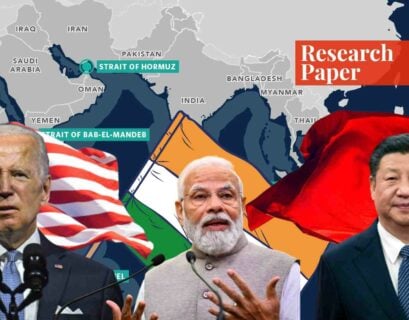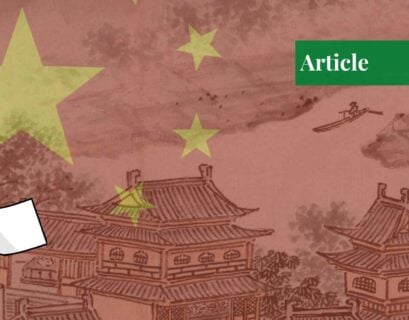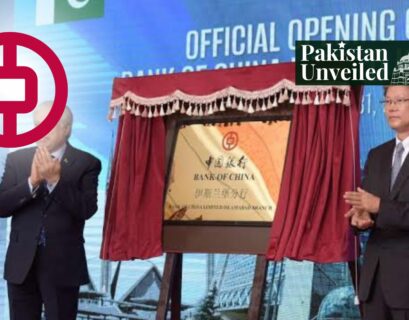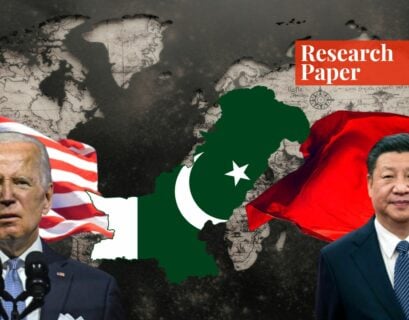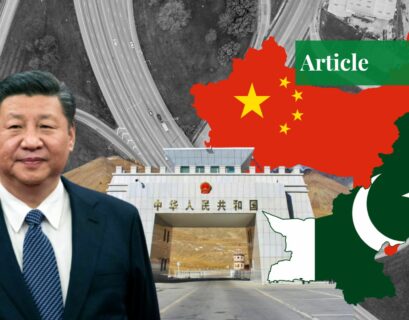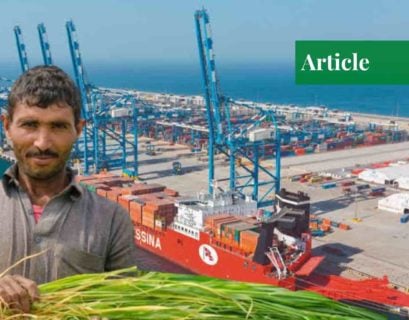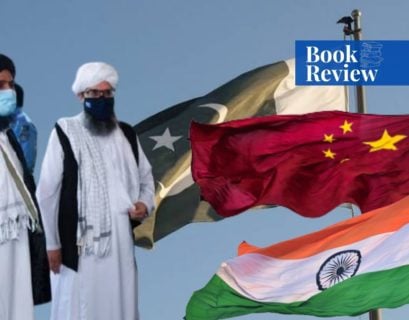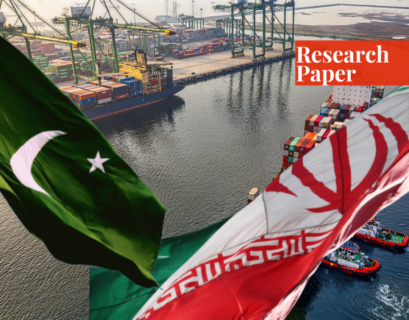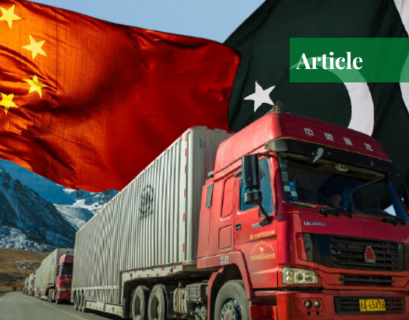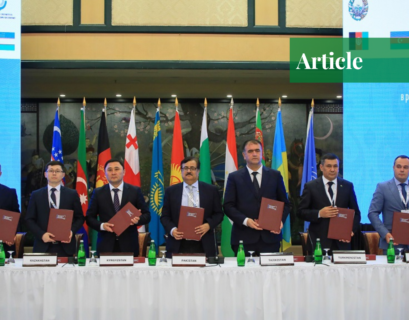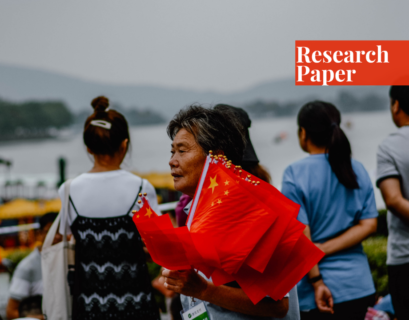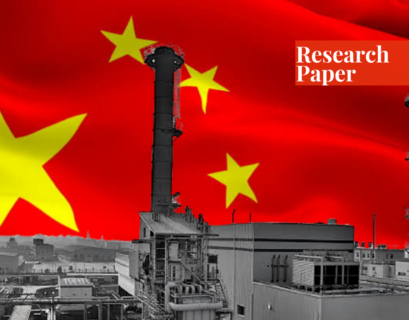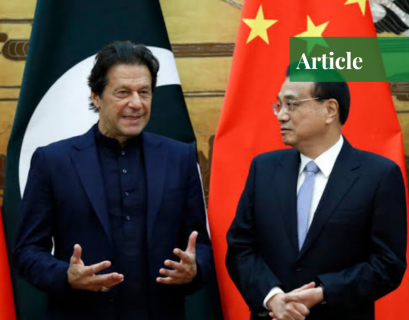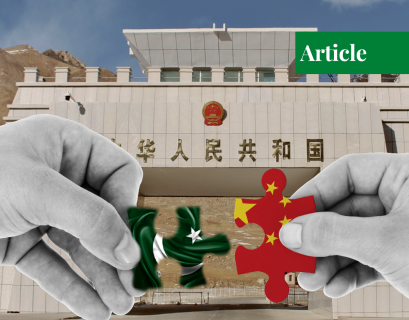Major Powers’ Interests in IOR And Implications For the Region
The Indian Ocean Region (IOR) is a critical area of focus for global powers due to its economic significance, strategic chokepoints, and natural resources.
The US, China, and India are vying for dominance in the region, with new alliances and military bases being established to safeguard their interests. China and India are expected to be major engines of growth.
The complex interdependence and potential threats in the IOR necessitate constructive dialogue and a balanced approach to regional security.
Pakistan—The Balochistan Conundrum by Tilak Devasher
In “Pakistan-The Balochistan Conundrum,” Tilak Devasher analyzes the Balochistan issue and emphasizes the shortcomings of the Pakistani government. He paints a twisted portrait of pain and exclusion that the Baloch have allegedly suffered at the hands of Pakistan’s armed forces.
Arooj Saghir provides a counter-narrative by highlighting the biased statements and lack of evidence from the far-right nationalist author.
Will the Lost Glimmer in CPEC’s Progress Push China into Abandoning It?
CPEC – a project with unprecedented provisions to Pakistan, China, the Middle East, and other connected regions – has top position in evolving Pakistan’s future.
The completed projects have aided Pakistan, but there is no solid evidence to ease the concerns regarding the credibility of employment estimates, Pakistan’s outstanding debts, China’s dwindling interest, and a lack of certainty and security.
Fiza Bibi Ameen addresses the possibility of China abandoning CPEC entirely, in addition to assessing the factors behind project’s slow pace.
Bank of China: Now Open in Islamabad, Pakistan
Known for its presence in over 50 countries, the Bank of China first established a branch in Pakistan in 1942. Now, after 80 years, on the 10th anniversary of the China-Pakistan Economic Corridor (CPEC), a branch of the bank was inaugurated in Pakistan’s capital, Islamabad, solidifying economic cooperation between the two nations. This branch’s inauguration signifies a commitment to enhancing infrastructure development, trade, and bilateral ties, further strengthening the historical bond between China and Pakistan.
Navigating the Sino-US Rivalry: Pakistan’s Strategic Dilemma
Yashfa Ahsan reflects on Pakistan’s intricate position amid the Sino-US rivalry. The South Asian state’s strategic location demands a multifaceted and balanced approach in its foreign policy and international relations. The author acknowledges the implications of India and the US’s engagement in the Indian Ocean Region for Pakistan’s security and economy. Bearing this in mind, she emphasizes that, with key players like India, Iran, and Afghanistan drawn into this rivalry, Pakistan must establish itself as a reliable economic and strategic partner for the states involved.
Chinese Vice Premier He Lifeng Honored with the Hilal-i-Pakistan Award
In a remarkable testament to the strong and enduring ties between China and Pakistan, Chinese Vice Premier He Lifeng was recently honored with the prestigious Hilal-i-Pakistan Award. This distinguished recognition serves as a symbol of the deep-rooted friendship and diplomatic collaborations between the two nations.
China-Pakistan Economic Corridor: 10 Years and Beyond
It’s been a decade since the inauguration of the China-Pakistan Economic Corridor (CPEC), a $50 billion project under the Belt and Road Initiative (BRI).
While many believe that the project has failed in many respects, Ayesha Shaikh shares what it is and what it isn’t.
CPEC Boosts Agricultural Development in Pakistan
Agricultural development in Pakistan is just one of the many facets of the China-Pakistan Economic Corridor (CPEC). Muhammad Bilal Farooq notes that the corridor is promoting corporate farming and boosting the agricultural productivity of Pakistan. CPEC’s infrastructure projects can reduce the transportation time and cost of agricultural produce. On top of dedicating 4 special economic zones (SEZs) to food processing, China and Pakistan, under CPEC, are also cooperating in the research and development of new varieties of crops.
Pakistan’s Foreign Policy: A Reappraisal by Shahid Amin
The book “Pakistan’s Foreign Policy: A Reappraisal” by Shahid Amin provides a comprehensive analysis of the state’s foreign policy throughout the years while keeping in mind the relations between Pakistan and India. The book explains, in great detail, how the perception of an “Indian threat” has influenced Pakistan’s decision-making. Apart from the India-Pakistan relations, Mr. Shahid Amin also elaborates on Pakistan’s role in Afghanistan after the 1979 Soviet invasion, and its relations with the Muslim countries and China.
Will CPEC Become a Chinese Debt Trap Against Pakistan?
The China-Pakistan Economic Corridor (CPEC) has promised to create millions of employment opportunities, and undertake essential infrastructure and energy projects. The author, Muhammad Ali Talib, a practicing advocate of the High Court of Pakistan, notes that despite the benefits of CPEC, the immense Chinese lending to Pakistan has created a debt problem for the latter. An AidData report, analyzing 100 Chinese debt contracts, reveals that the Chinese loan agreements contain confidentiality clauses that prevent borrowers like Pakistan from revealing any details of the agreements to the general public. Furthermore, these contracts include cross-default clauses, stabilization clauses, and “No Paris Club” clauses which increase China’s bargaining power and policy influence over the borrowing states.
The Gwadar Port of Pakistan vs the Chabahar Port of Iran: Analyzing the Changing Dynamics
China has exhibited a deep interest in developing the Gwadar Port of Pakistan, under the China–Pakistan Economic Corridor (CPEC), for the enhancement of its strategic and economic benefits, while India is investing in the Chabahar Port under the tripartite Preferential Trade Agreement (PTA) with Iran and Afghanistan, with the drive to counter China’s growing presence in the region.
Both ports are situated at the international energy trading route and provide connectivity to different regions of the world including Central Asia, the Middle East, Africa and Europe. Such equalizing behavior of both states is not just causing problems for them but also for the neighboring states such as Afghanistan, Iran, and Pakistan, in this regard, which are the key stakeholders in the construction of these ports.
The authors, Ms. Kinza Shah and Mehwish Kayani, look into the geostrategic and geo-economic importance of both ports. This paper also explores the stances given by the major states of the …
Will CPEC Usher in a Digitalization Revolution in Pakistan?
Recognizing the worth of the world’s digital economy, the incumbent government of Pakistan has set off on a path to digitalize the state. In 2018, the government adopted the Digital Pakistan Policy and introduced certain fiscal measures to facilitate the digital transformation of Pakistan and increase investment in the state’s IT sector. Furthermore, through CPEC, China has invested in the development of Pakistan’s digital infrastructure by introducing several projects which will enhance digital connectivity.
Pakistan: The Gateway Between South Asia and the Central Asian Republics
Since Pakistan is located at the crossroads of Central Asia and South Asia, any development in the two regions has direct implications for it. At the same time, Pakistan’s geographical location enables it to act as a bridge between the Central Asian Republics and the South Asian states. The author, Hajra Sajjad, notes that through trade agreements and cooperation in security-related areas, the regional connectivity between the two states can be increased. She further states that strengthening the ties between the two states will counter India’s increasing influence in the regions, providing the states of the regions with some relief.
CPEC: China’s Soft Balancing Against the United States
The paper deals with China’s ‘soft balancing’ in Pakistan through the China Pakistan Economic Corridor (CPEC) and explains how such has helped limit the influence of the United States in Pakistan after 2015. The author argues that the CPEC is a step towards a more Beijing-led regional order —part of Xi’s Belt and Road Initiative (BRI) and greater ambition of extending his country’s influence — which has been working in China’s favor.
How China Became an Economic Superpower?
China’s economic transformation in the last 40 years has had a huge impact on the global economy. This unprecedented economic scenario has attracted a lot of interest, particularly from developing countries looking to emulate China’s success. The author considers the infant industry model to explain China’s rapid industrialization and subsequent economic rise and explains how China’s long-term approach and facilitative policies have enabled local industries to become competitive worldwide. It also discusses what countries like Pakistan can learn from the Chinese experience with regards to strengthening their industrial base.
Are CPEC and East India Company Different?
Over the years, the people of Pakistan have expressed their growing concern over the China-Pakistan Economic Corridor (CPEC). It has become a common misconception in Pakistan that CPEC is just another modern-day East India Company. The author, Ayesha Zafar, compares the two and argues that the objectives of CPEC and the circumstances under which China set foot in Pakistan are different from that of the East India Company. She notes that while the East India Company was imperialist in nature and only benefitted the British Empire, CPEC profits both China and Pakistan. Instead of exploiting Pakistan, it is aiding in infrastructural development, energy production, and alleviating unemployment in Pakistan.
The China-Pakistan Economic Corridor: Strengthening Ties, Tourism, & Trade
The China-Pakistan Economic Corridor, the star project of the Belt and Road Initiative, holds immense potential for improved ties, increased tourism, and enhanced trade between the two countries. Moreover, due to the changing global travel policies and SOPs, particularly in the United States, Pakistan may become a more lucrative tourist destination for Chinese travelers.
